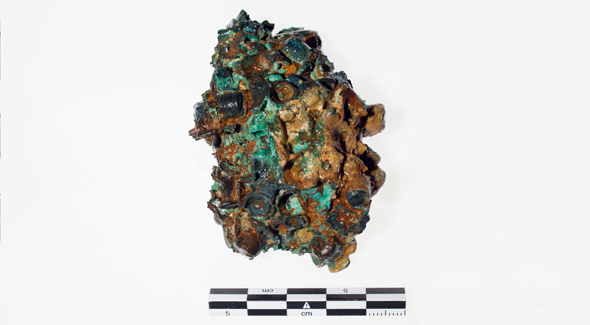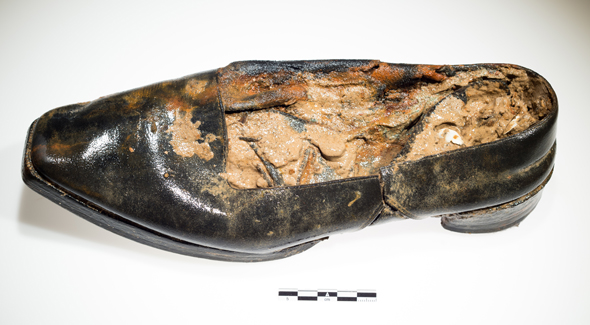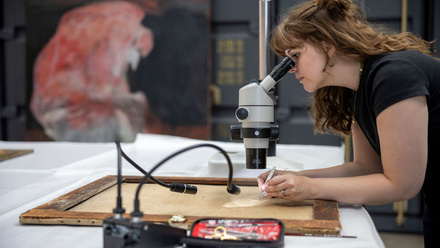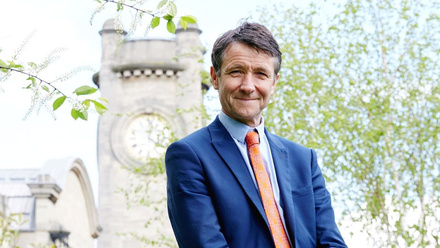The Icon Annual Lecture takes place on 27 October. This year, we will delve into the famed and mysterious wreckages of Captain Sir John Franklin's 1845 'lost expedition'. You can read more about the story here.
When the shipwrecks were finally found in 2014 and 2016 after being lost for almost 170 years, Parks Canada's Underwater Archaeology Team recovered fascinating well-preserved artifacts, which could hold clues to what happened to the doom expedition.
Conservator Flora Davidson led the conservation of the artifacts. Flora had been working as an archaeological conservator at Parks Canada for about 10 years at the time of the first discovery, working on artifacts from various national historic sites across Canada. She specialized in conservation of objects from marine sites.
Below, she discusses her top 3 favourite items she worked with:
1. Percussion caps

40 Percussion caps recovered from HMS Erebus via Parks Canada, Wrecks of HMS Erebus and HMS Terror National Historic Site
A seemingly unspectacular find, a group of percussion caps was really interesting to work on.
A group of 40 percussion caps were found corroded together on the lower deck of HMS Erebus. Percussion muskets had just been introduced to the Royal Navy when HMS Erebus weighed anchor in 1845. The caps contain a small explosive charge that ignites when the musket’s trigger is pulled and the firing pin strikes the cap.
The examination and research that went into preparing to treat it brought up some interesting facts about the technology of the day and provided some insight regarding the use of European developed technology in the North.
2. The ship's bell
The ship's bell, an iconic object, was the first object retrieved from the site and it brought up questions as to what were the expectations for these objects. It was in good condition but covered by corrosion creating holes through the thickness of the bronze bell, so a far cry from its original condition.
On a ship, the bell was rung at regular intervals, day and night, and was used to mark time and determine the activities of the crew. The bell has several ropes and two markings on its surface: the date “1845” and a large arrow called a broad arrow.
The question of how much should this object be cleaned to preserve the integrity of the object but remain true to the circumstances it endured was factored into the conservation approach.
3. Leather shoes

Boot recovered from HMS Erebus via Parks Canada, Wrecks of HMS Erebus and HMS Terror National Historic Site
Leather boots found in the officers' cabins were designed to keep feet warm despite the cold Arctic temperatures. The squared tips indicate that they were also designed to be in line with the fashion of the times.
Leather shoes and knitted wool blankets are always interesting for me as you get a good sense of how the officers and crew lived. I think one appreciates this more when seeing these objects and knowing where they came from.
You can discover more recovered artifacts on Parks Canada's website here.
Book your ticket for Icon's Annual Lecture to hear Flora discuss the conservation of the artifacts recovered from the shipwrecks.






